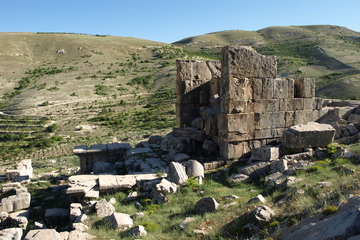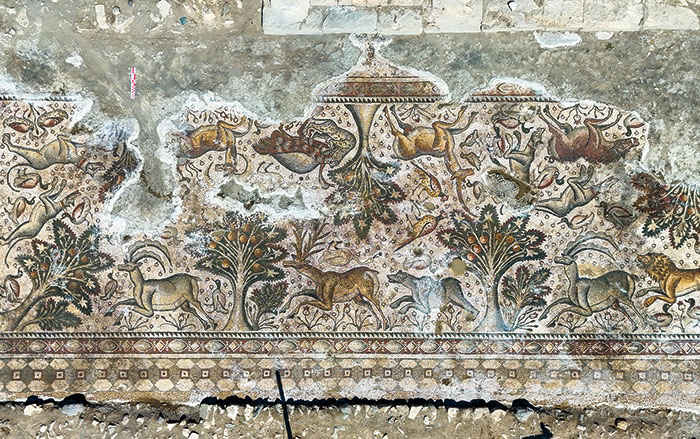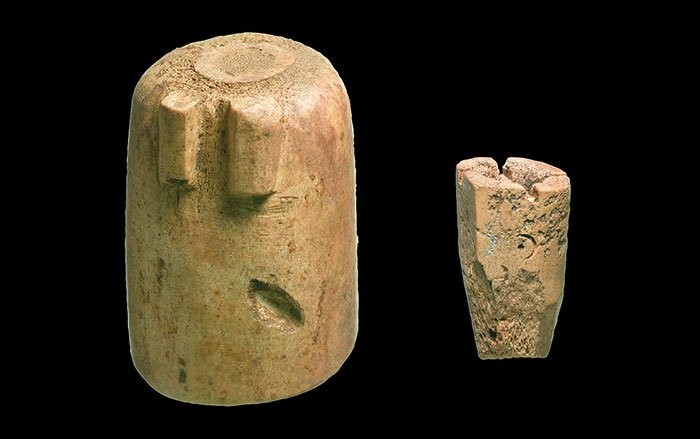
LEICESTER, ENGLAND—Ruth Young of the University of Leicester and a team of researchers surveyed Hosn Niha, a second-century Roman temple and Roman-Byzantine village in Lebanon that has been heavily damaged by war. German archaeologists described the site in 1938 as “a picture of complete ransacking,” according to a report in Live Science. Military activity and looting later in the twentieth century also took a toll on the site. Even so, Young and the team were able to find enough surviving features and tomb types to learn about the settlement. “What we were trying to do is show that sites that have been quite badly damaged by conflict shouldn’t just be ignored and forgotten,” she said. The researchers used differential GPS to map architectural fragments and then dated the bulldozed piles of pottery fragments. The study suggests that a central village had been established by A.D. 200, and it diminished by the Islamic period, although it is unclear why. The researchers also think that the inhabitants may have grown grapes for wine. “This might explain why they were able to build such big temples. If they were doing wine, they could do it as a cash crop,” explained team member Paul Newson of the American University of Beirut. To read about urban archaeology in Lebanon, see "Rebuilding Beirut."










